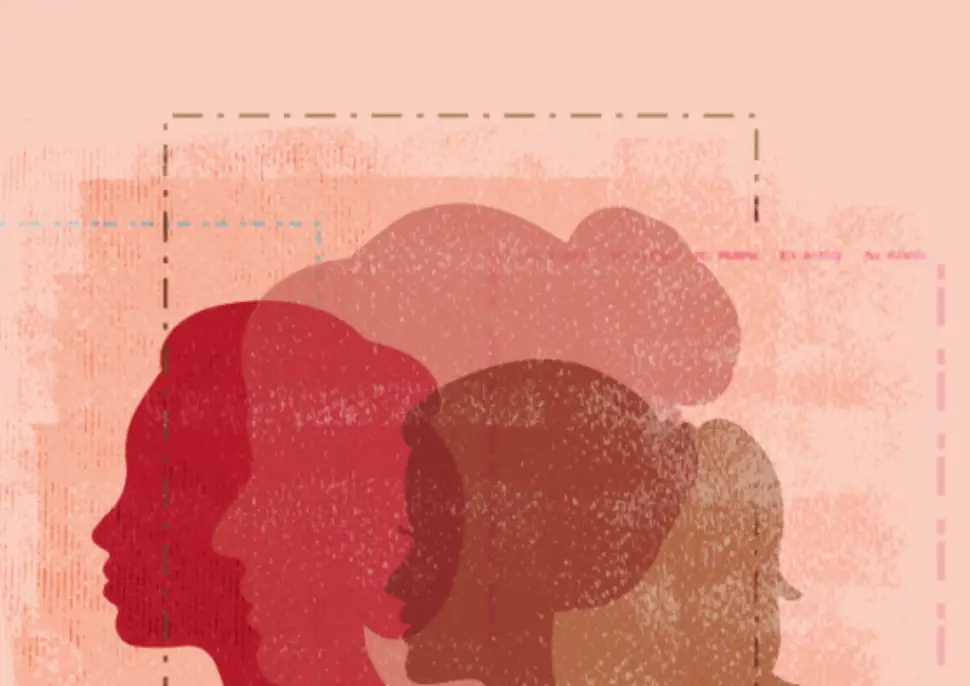The rise of the #MeToo movement in the entertainment industry and political sphere has ushered in a nationwide discussion of sexual assault among women and men alike. Although more voices have started to pipe up about this taboo topic in public spaces, the way groups, especially in university settings, talk about the sensitive subject can actually end up placing victims of sexual assault at a disadvantage and silencing them.
Historically, women’s voices have been muzzled when discussing sexual violence. However, now that the issue of women’s rights has entered the political realm, the problem has begun to improve and better, although imperfect laws for prosecuting rapists have been implemented. Increasingly, women’s rape testimonies are being met with support from other survivors. In essence, women have started to slowly forge a public and wide support system for rape survivors. Still, not only are groups still questioning the legitimacy of many of these narratives, they are also critiquing how victims cope with their trauma.
In the contemporary college lecture hall, when approaching the topic of sexual violence, students, and even professors, can easily engage with the issue from a theoretical point of view; the word “if” can pop up a lot without their even noticing. However, especially given the large number of sexual assaults that occur on college campuses, the chance that a survivor of sexual violence is sitting in one of those discussions is extraordinarily high. In fact, such class dialogues might even provoke a strong emotional response from victims because of trauma they may have attached to old memories.
When reviewing texts that include characters who were victims of assault — like “The Death and the Maiden” by Ariel Dorfman or “The Kite Runner” by Khaled Hosseini — professors might prompt students to analyze the internal turmoil the affected characters are experiencing. In these fictional but realistic settings, the survivors react in a variety of different ways. For instance, in Dorfman’s fictionalized depiction of the Chilean dirty war of the 1970s, female character Paulina Salas reacts violently against her sexual assailant and becomes emotional in her desire for vengeance. And in “The Kite Runner,” after experiencing sexual violence, the protagonist Amir begins to engage in self-destructive behavior that will likely disturb most readers.
When introducing the topic of sexual violence in classrooms, it’s important to remember that indescribably traumatic events, like sexual assault, will evoke perplexing reactions. The ways in which a victim might respond to intense trauma can be diverse and confusing to outsiders who have never lived through such an experience firsthand. However, in class discussions, this can result in students critiquing the novel’s victims for their reactions.
Although it’s a normal part of the learning process for students to ask questions, criticizing the victims’ reactions can produce alienating results. Policing how victims behave and respond, even within the context of a book, may seem like a harmless critical-thinking exercise. However, it can also invalidate and call into question the experiences of other victims listening to these discussions from their own desks.
Through this critical exercise, students can unwittingly create their own rigid expectations of how sexual assault victims should behave. They shouldn’t be too indifferent and withdrawn, but they also shouldn’t become too vocal of their trauma lest they risk appearing histrionic. Even in the context of discussing novels, the way students scrutinize human reactions to sexual violence suggest that victims must always have a justification for their reaction, and that this justification must appear sound to outsiders.
Philosophy professor Laura Hengehold argued that by pulling apart and qualifying women’s experiences — and, by extension, how they react — critics enhance the sense of self-doubt and shame that was initially instilled by the trauma of their attack. Furthermore, the rationality of a victim’s response is almost always compared to an outsider’s expectations of what a “normal” response to violence should be. In the environment of a college classroom, when scrutinizing fictional victims of rape, real-life victims sitting in the classroom can feel that their own trauma as survivors is being evaluated by critical eyes.
As a result, victims listening in on these critiques can feel a type of secondhand shame. Though the professor and students obviously had no intention of doing so, their discussion could easily lead survivors in the classroom to doubt the way they responded to their assault. In effect, then, what was intended to be a positive dialogue turns into another version of victim policing.
Still, hosting an inclusive discussion about sexual violence in a university lecture is far from impossible. The Rape, Abuse & Incest Network’s guide on how to discuss sexual assault with an individual peer is applicable to larger classroom settings as well. Rather than immediately attempt to strike down peers’ personal experiences or a book’s fictional narratives with stubborn incredulity, students can learn to interpret these situations with empathetic, non-judgmental attitudes.
While the topic of sexual trauma can be become a public discussion, the experiences of students sitting in these discussions is personal. Discussions may take the form of a thought experiment, but students and professors alike also have to be more conscious of the fact that in these discussions, there are likely victims of sexual violence are present who ad carrying their trauma with them. Given how pervasive rape culture and sexual violence is within universities, students and professors need to anticipate this reality.
















